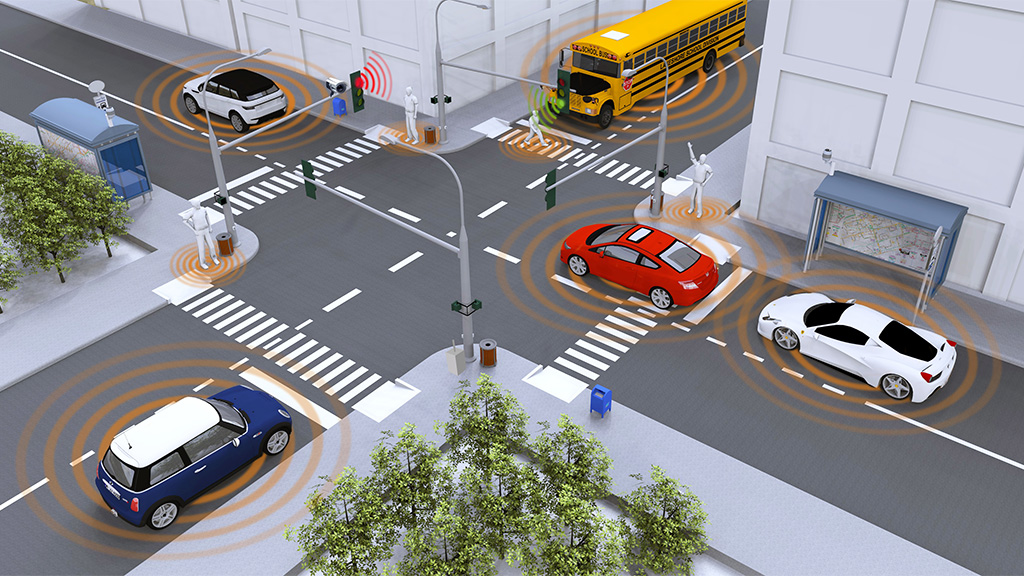In the realm of traffic management and urban planning, the efficient flow of vehicles and pedestrians is paramount for ensuring safety, reducing congestion, and optimizing transportation systems. Fortunately, the advent of traffic surveillance analysis software has revolutionized how cities approach these challenges. By harnessing the power of data analytics and real-time monitoring, traffic surveillance analysis software empowers authorities to make informed decisions, improve traffic flow, and enhance overall transportation efficiency. Let’s explore how to unleash the full potential of this transformative technology.
Real-Time Monitoring for Proactive Management
One of the most significant advantages of traffic surveillance analysis software is its ability to provide real-time insights into traffic conditions. By continuously monitoring traffic flow, congestion levels, and incidents, authorities can proactively manage traffic and respond swiftly to emerging issues. Real-time data allows for dynamic adjustments to traffic signal timings, lane closures, and rerouting strategies, minimizing disruptions and optimizing traffic flow in response to changing conditions.
Predictive Analytics for Future Planning
Beyond real-time monitoring, traffic surveillance analysis software enables authorities to leverage predictive analytics to anticipate future traffic patterns and plan accordingly. By analyzing historical data, weather forecasts, and other relevant factors, authorities can forecast traffic conditions, identify potential bottlenecks, and implement proactive measures to mitigate congestion before it occurs. Predictive analytics empowers cities to optimize infrastructure investments, plan for special events, and ensure the smooth operation of transportation networks.
Incident Detection and Response
Traffic surveillance analysis software plays a critical role in incident detection and response, helping authorities detect accidents, breakdowns, and other traffic incidents in real-time. By automatically alerting authorities to incidents, the software facilitates rapid response and coordination among emergency services, tow trucks, and traffic management teams. Timely incident detection and response minimize traffic disruptions, reduce the risk of secondary accidents, and enhance overall safety on the road.
Data-Driven Decision Making
At the core of traffic surveillance analysis software is its ability to provide actionable insights derived from data analytics. By analyzing traffic patterns, congestion trends, and performance metrics, authorities can make data-driven decisions to optimize traffic management strategies. Whether it’s adjusting signal timings, implementing traffic calming measures, or redesigning road layouts, data-driven decision-making ensures that interventions are targeted, effective, and aligned with broader transportation objectives.
Integration with Smart City Initiatives
Traffic surveillance analysis software serves as a cornerstone of smart city initiatives, integrating seamlessly with other urban systems and technologies. By sharing data and insights with smart traffic lights, connected vehicles, and public transit systems, authorities can create an interconnected transportation ecosystem that maximizes efficiency and enhances the overall urban mobility experience. Integration with smart city initiatives fosters innovation, collaboration, and sustainable transportation solutions for the future.
Collaboration and Stakeholder Engagement
Effective utilization of traffic surveillance analysis software requires collaboration and engagement among various stakeholders, including transportation agencies, law enforcement, city planners, and the public. By sharing data, insights, and best practices, stakeholders can work together to address common challenges, implement innovative solutions, and achieve shared transportation goals. Collaboration fosters transparency, accountability, and community involvement in shaping the future of transportation in cities worldwide.
Conclusion
Traffic surveillance analysis software represents a paradigm shift in how cities manage and optimize transportation systems. By leveraging real-time monitoring, predictive analytics, incident detection, data-driven decision-making, integration with smart city initiatives, and collaboration among stakeholders, authorities can unleash the full power of this transformative technology to improve traffic flow, enhance safety, and create more sustainable and efficient urban environments. With the right strategies and partnerships in place, traffic surveillance analysis software has the potential to revolutionize the way we move and interact within cities for years to come.
